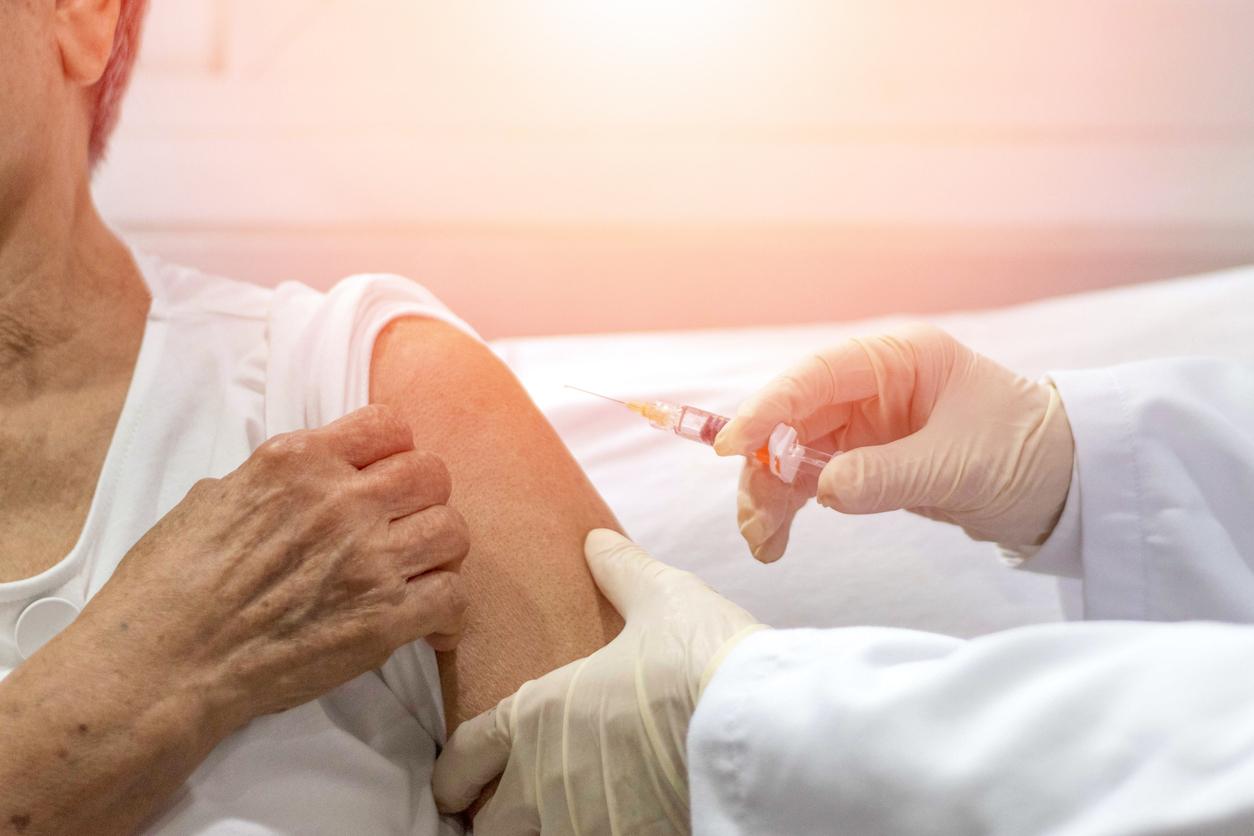Tetanus, influenza, whooping cough, polio, hepatitis A and B … The new calendar governing the application of the 11 vaccines now mandatory for children born from January 1, 2018 has been published on the website of the Ministry of Solidarity and Health. Here are the conditions and deadlines to respect.

The Ministry of Solidarity and Health published the new vaccination schedule. What are the conditions governing the 11 compulsory vaccines for children born since January 1, 2018? What are the deadlines for getting them vaccinated? What alternative for anti-vaccine parents?
Eight additional vaccines
Vaccinations already compulsory such as those against tetanus, diphtheria or polio are now listed alongside eight other new vaccines, “previously recommended” but now mandatory: those against meningitis due to Haemophilus influenzae type b or meningococcus C, pertussis, hepatitis B, pneumococcal infections and the MMR (measles-mumps-rubella) vaccine.
What are the conditions to be observed?
These 11 vaccines must be administered (except in the event of a recognized medical contraindication) within the child’s first 18 months. They may “be payable for entry or maintenance in the community from the 1er June 2018 “for children born in 2018, states the ministry. The public health code provides that a child is provisionally eligible when one or more vaccinations have not been administered. Parents then benefit from a period of three months to have him vaccinated, but whether pro or anti-vaccine, these 11 vaccinations are now mandatory.
Chapter by chapter calendar
Recommendations for special populations, which are based on advice from the HCSP such as immunocompromised people, premature babies, pregnant women and the elderly, are grouped together at the end of the second chapter (from page 34 to 36). Chapter 3 discusses the solutions to adopt in the event of a vaccine shortage. Chapter 4 has been allocated to the calendar in the form of synoptic tables and finally, the last chapter is dedicated to the opinion of the HAS. In total, 71 pages provide a clearer picture of the new vaccine obligations and the means put in place by the government.
Why make these 11 vaccines compulsory?
Some parents are confused by the avalanche of contradictory information generated by the anti-vaccine lobbies. Anti-vaccines which consider them dangerous (in particular because of their adjuvants, particularly aluminum) and which are wary of laboratories, accused of favoring profitability over children’s health. None of the anti-vaccine information has any real scientific basis, but it must be recognized that even some doctors seem confused. The government, which has long neglected this problem, has taken the measure of the problem. In any case, access to transparent information is easier.
The main argument for moving to 11 compulsory vaccinations is the drop in vaccination coverage for previously non-compulsory vaccines and the resurgence of certain diseases. However, with the improvement of hygiene and water quality, vaccination has been the most effective public health intervention against infectious diseases.
Vaccination is completely satisfactory in France for diseases for which it is compulsory (polio, tetanus, diphtheria) or for those for which vaccines are almost systematically (pertussis, Haemophilus influenzae b) combined with compulsory vaccines. For other diseases, on the other hand, and in particular measles, vaccination coverage in France remains notoriously too low to protect the entire population against the disease: children die or have sequelae of measles in France in 2017.
The vaccination threshold is not reached for all infections
There is a minimum threshold for vaccine coverage for “group protection” to work in those who cannot be vaccinated (newborns, immunocompromised, etc.). This threshold depends on the contagiousness of the disease. In France, with a vaccination coverage of nearly 97% for diphtheria, the threshold for group immunity is exceeded and it is therefore the entire national community that is protected, including in the event of an infection brought by a migrant. . Likewise, infections with Haemophilus influenzae b in children, rubella or mumps have almost been eliminated in the country because their vaccine coverage rates exceed the group immunity threshold for these 3 diseases.
On the other hand, the current level of vaccination coverage against measles (79%) remains insufficient to allow group immunity (group immunity threshold = 94%), and we are therefore witnessing epidemic resurgences of the disease of great magnitude. : more than 23,000 cases declared in France between 2008 and 2012, more than 1,500 severe pneumonia and more than 30 encephalitis with 10 deaths). It’s unbearable. Likewise, insufficient coverage with the meningitis C vaccine (70% by age 2, but low in adolescents and young adults) is responsible for the majority of the nearly 800 cases and 100 deaths that have occurred. since 2011.

.
















